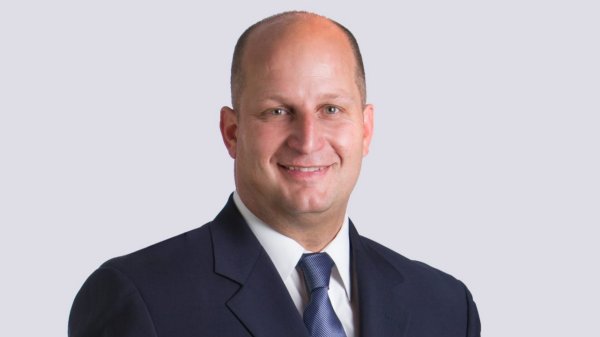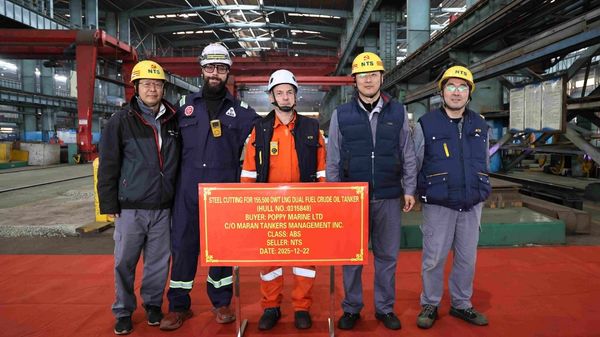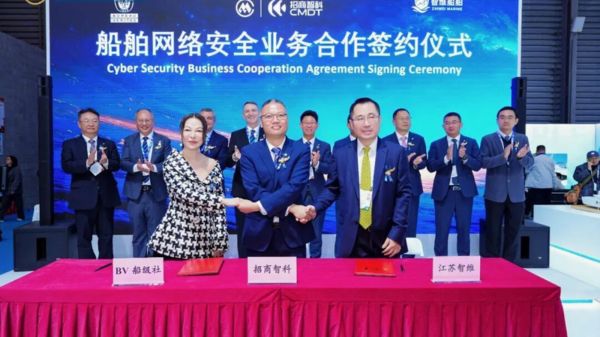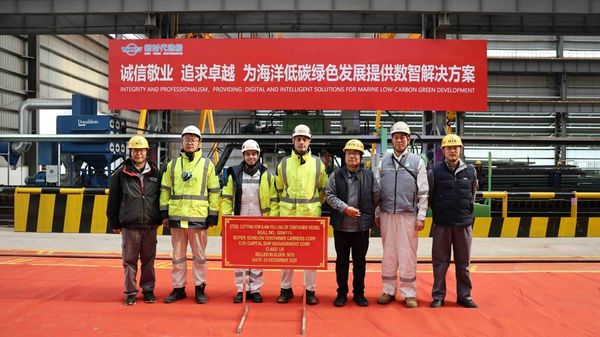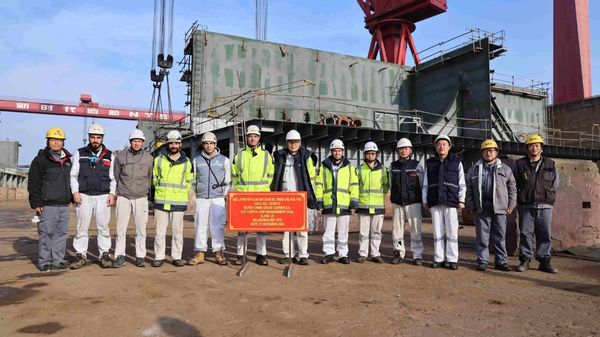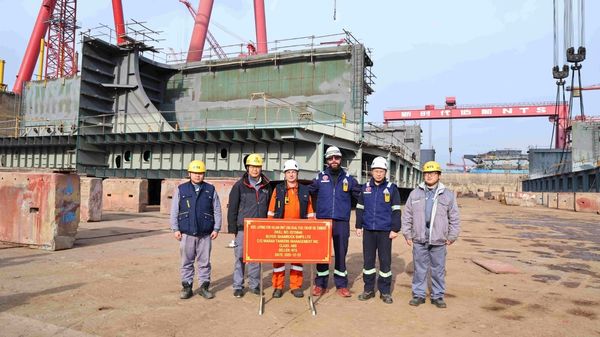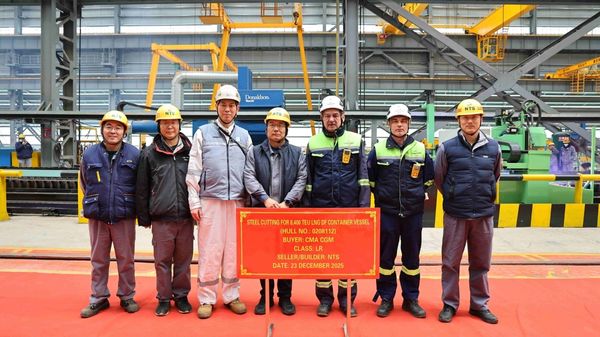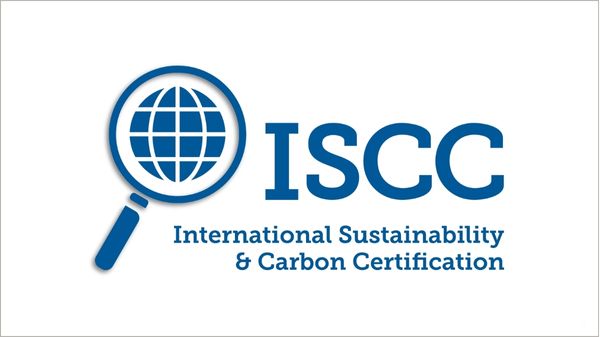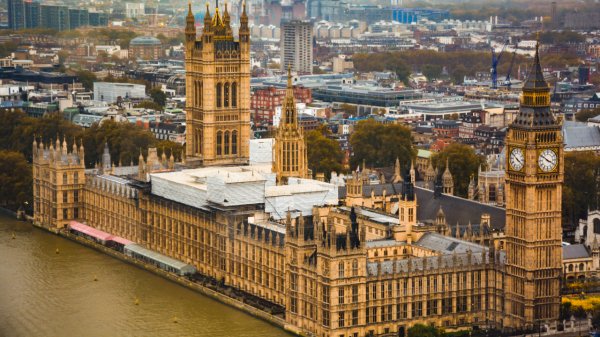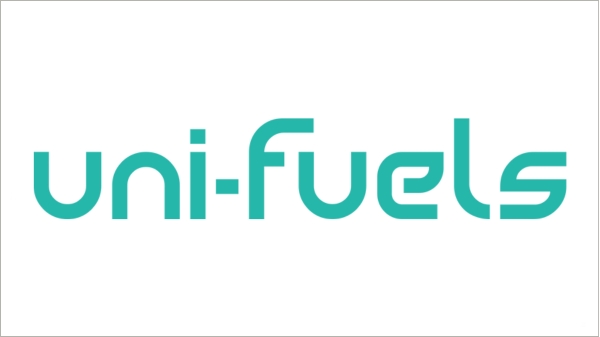China has no plans to impose a ban on open-loop scrubbers, according to
Dong Leyi, state official at China's Maritime Safety Administration (MSA).
Speaking to BIMCO, Leyi explained that open-loop scrubbers will not be banned if they meet current standards.
"I do not know where the rumour came from, but I can tell you that China is not going to ban open-loop scrubbers, as long as they are in compliance with the prevailing regulation," Leyi stressed.
The state official's words are also said to have been backed by Dr
Xie Xie, director of the Waterborne Transportation Research Institute at China's Ministry of Transport.
According to
a recent survey by the Exhaust Gas Cleaning Systems Association (EGCSA) of its members, open loop (where emissions residue is discharged into the sea) is the most popular exhaust gas cleaning system. Of the
1,561 scrubber towers installed or on order as of May 31, 2018, open-loop installations made up
988, or
63.3 percent of the total.
Scrubber orders have risen rapidly in recent months; however, only a relatively small minority of vessel owners have opted for the technology. Of the world's fleet of around 60,000 ships, under
2,000 could be fitted with scrubber systems by IMO's sulphur cap implementation date in 2020, according to industry estimates.
Many shipping firms have questioned the effectiveness of scrubbers and been concerned about the risks of investing in expensive technology only for regulations to be changed at a later date.
For example, Scorpio Bulkers' COO,
Cameron Mackey,
previously stated that the company believes, at some point, "regulators [will] revisit the scrubber solution and realize that a scrubber takes emissions and instead of putting them into the air, actually
puts them into the sea," and that "it is
only a matter of time" before it becomes a legal requirement to use closed-loop scrubbers (which collect the residue in a tank on board the ship for later discharge in port).
Currently, the use of open-loop scrubbers is prohibited in
Belgium, whilst
Germany has a partial ban along sections of the Rhine river.
In
California, meanwhile, the use of SOx scrubbers is not allowed under the US state's Ocean Going Vessel (OGV) Fuel Regulation as an equivalency to distillate fuel with a 0.1 percent sulphur content. There is an exemption provided for research projects in accordance with Marine Notice 2017-1, but this exemption is very limited, allowing only for the temporary use of non-compliant fuel - such as high-sulphur heavy fuel oil - when necessary for research purposes.
Back in July, EGCSA representatives
Don Gregory and
Mark West dismissed the argument that scrubbers simply move pollution into the sea, countering that scrubber washwater removes and converts sulphur oxides from the exhaust gases, so they are discharged in the washwater as "harmless" sulphate - the most common ion in seawater.
One of the key challenges associated with wet scrubbing is handling the washwater discharge, since
polycyclic aromatic hydrocarbons (PAHs) are harmful to the environment. Therefore, after scrubbing, the washwater needs to be treated and monitored for PAHs prior to being discharged in the sea. This is designed to reduce the possibility of pollution shift from air to water.
When asked if new laws would be implemented to control or ban the discharge of exhaust gas cleaning system effluent (particularly in confined waters and ports), the EGCSA explained in July that the International Maritime Organization (IMO) already requires that the washwater parameters of PAHs, pH, and turbidity are continuously monitored and the results logged against time and ship's position.
"There are a few ports that have prohibited the use of open-loop scrubbers in their waters. But there is no evidence to justify the prohibition. There are many examples of land-based scrubbers operating for decades without measurable impact on sediments or the surrounding waters. It is very much an emotional reaction," the EGCSA posited.
What if the sulphur limit is reduced in China to 0.1%?
As regards Chinese regulations, currently, and since January 2018, vessels at berth in any port within an
Emission Control Area (ECA) are required to use fuel with a maximum sulphur content of 0.5% - except one hour after arrival and one hour before departure.
From January 2019, vessels will be required to use compliant fuel at all times within the Bohai Bay and Pearl River Delta ECAs, whilst this is due to be implemented three months earlier - from next week, on October 1 - within the Yangtze River Delta ECA.
Looking ahead, it has been suggested that the Ministry of Transport is looking to further reduce the 0.5 percent ECA sulphur limit to 0.1 percent on January 1, 2020, though this has not yet been confirmed.
If this new limit were to become effective, it remains to be seen whether China's existing laws permitting the use of open-loop scrubbers would remain in place.

